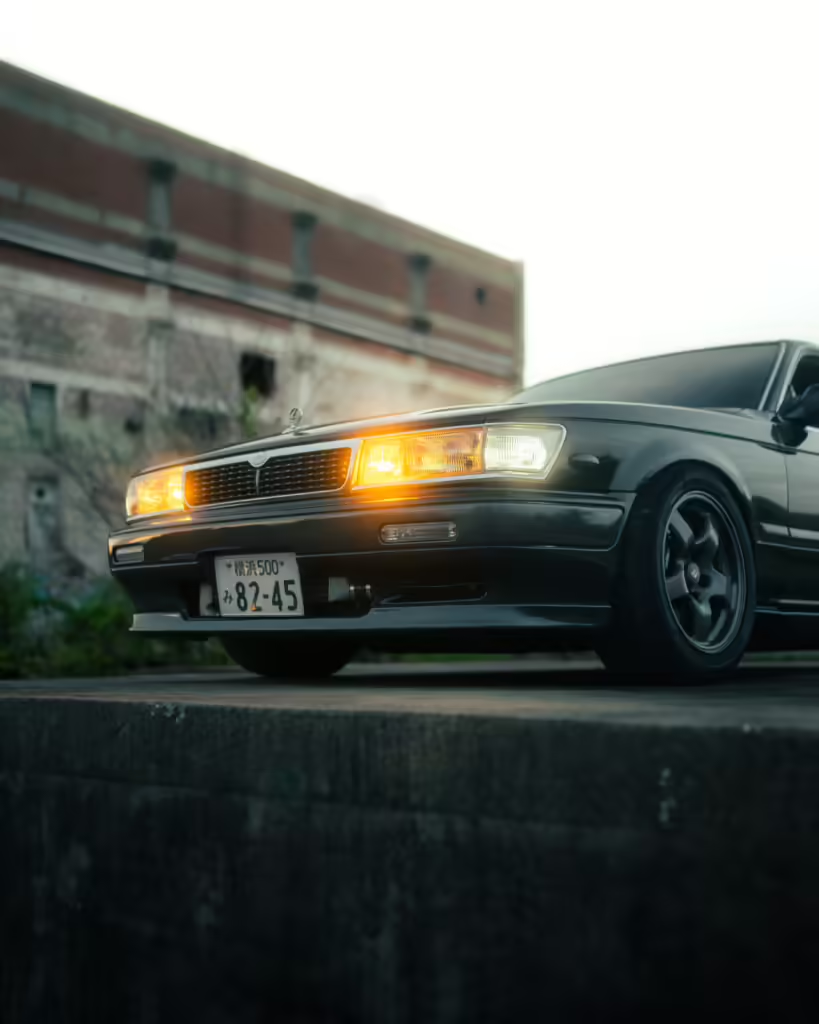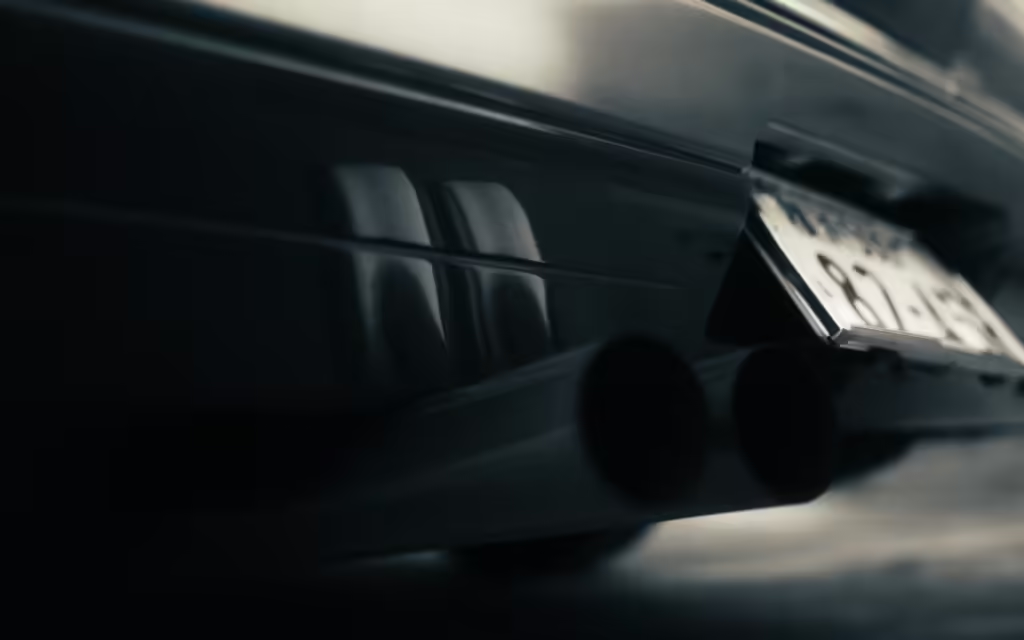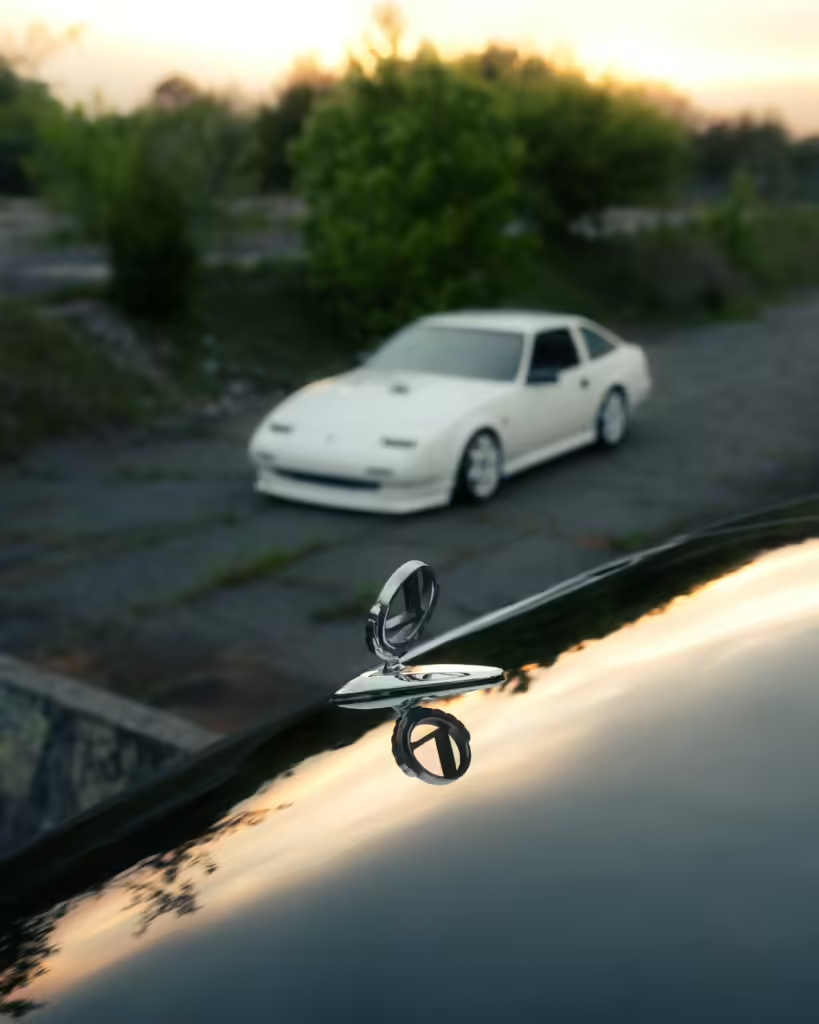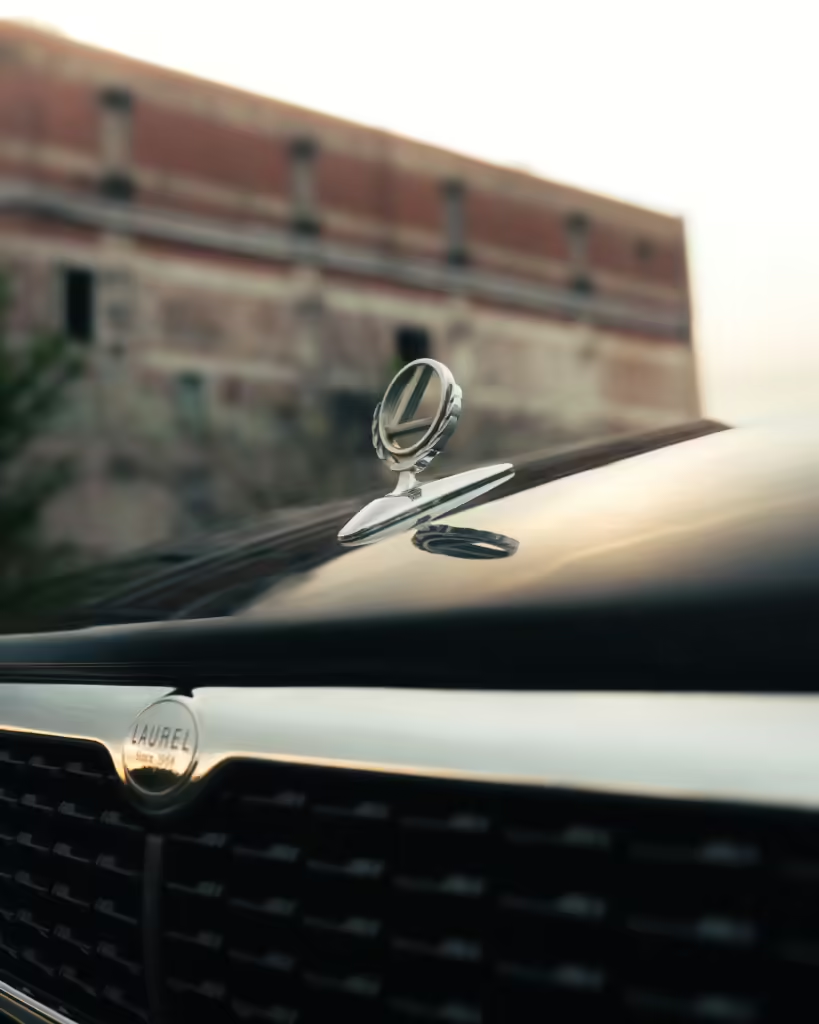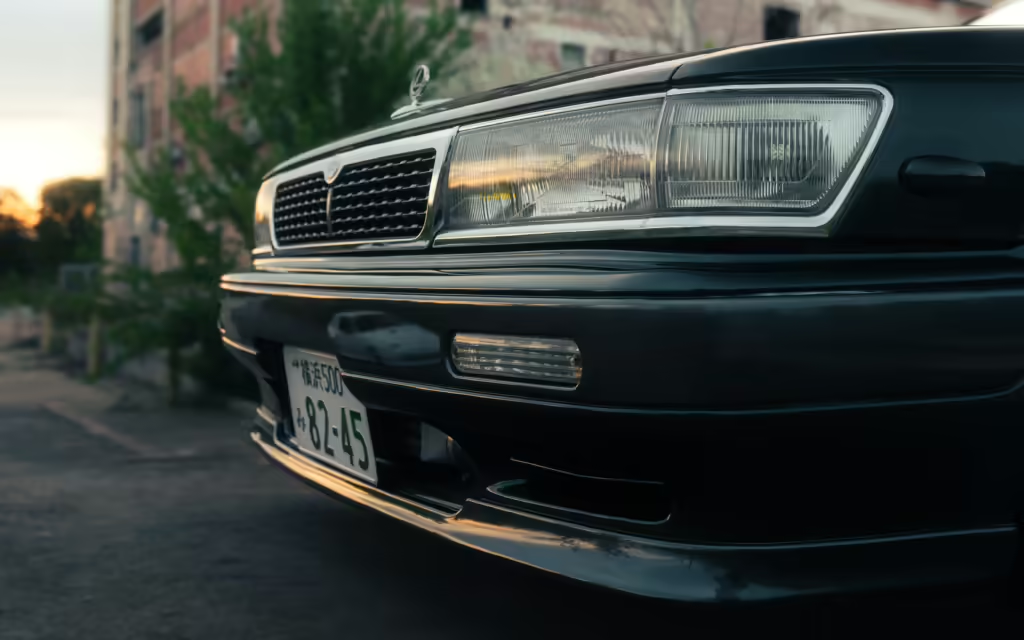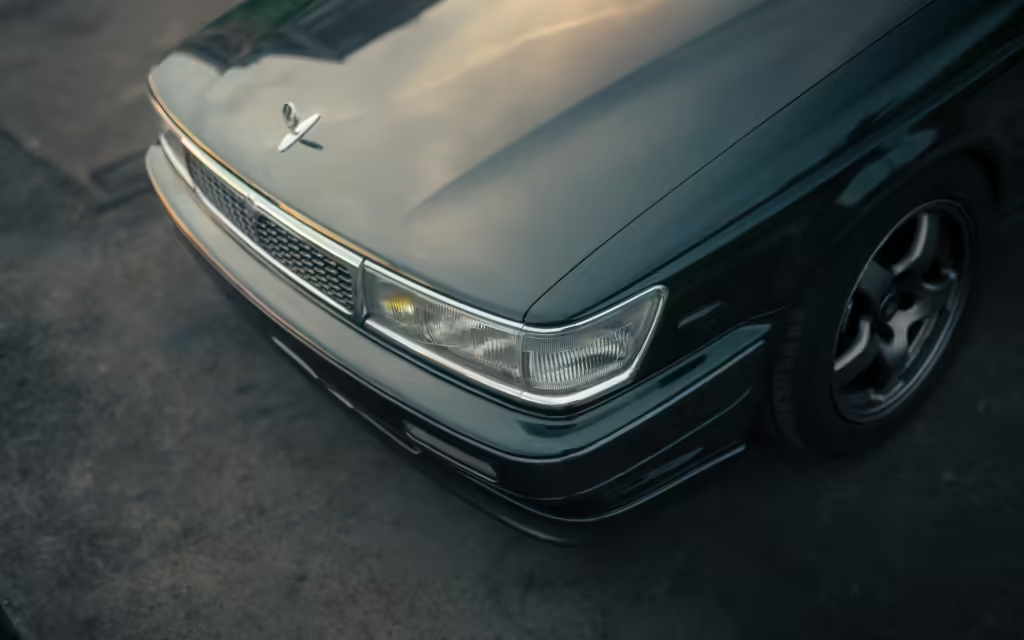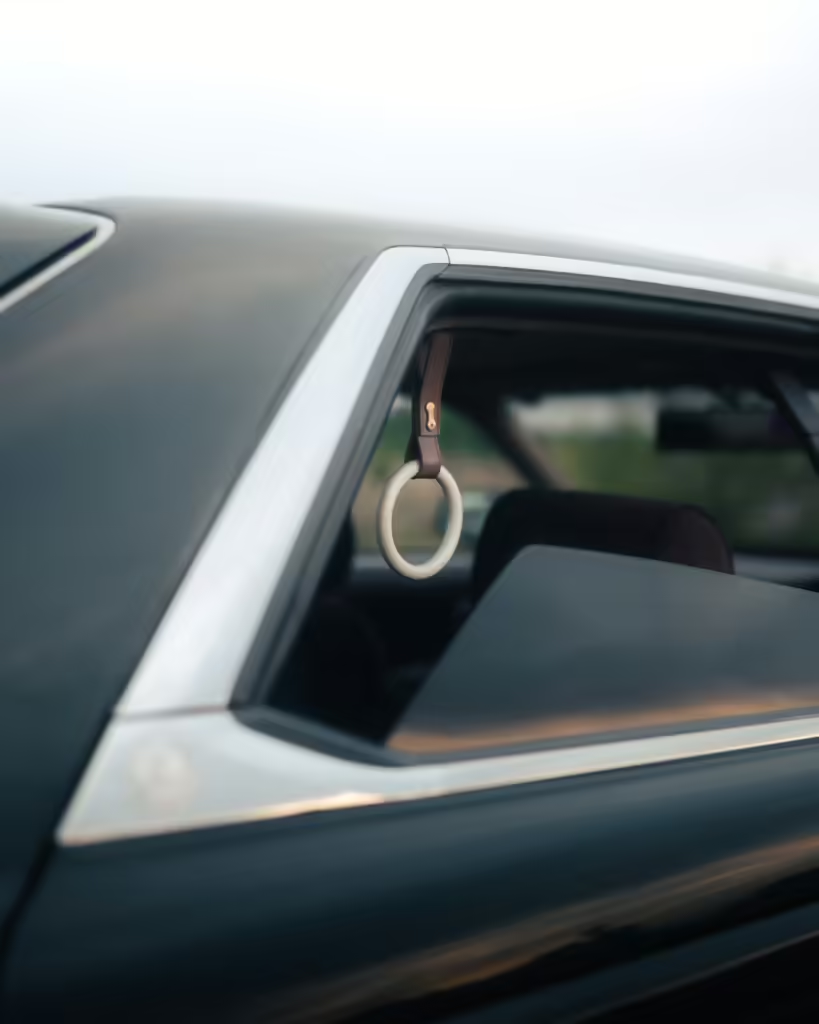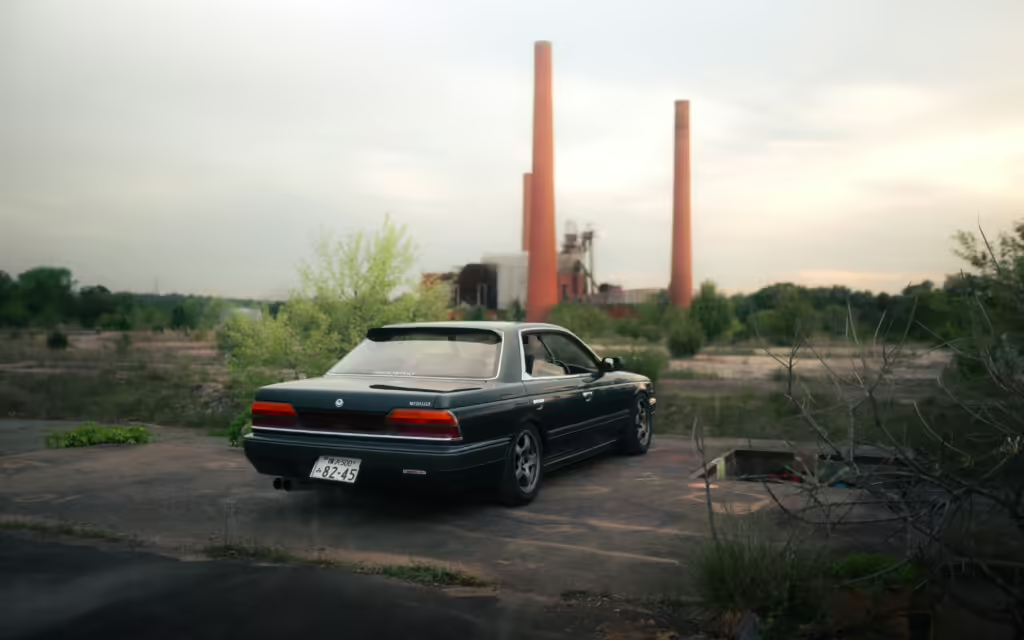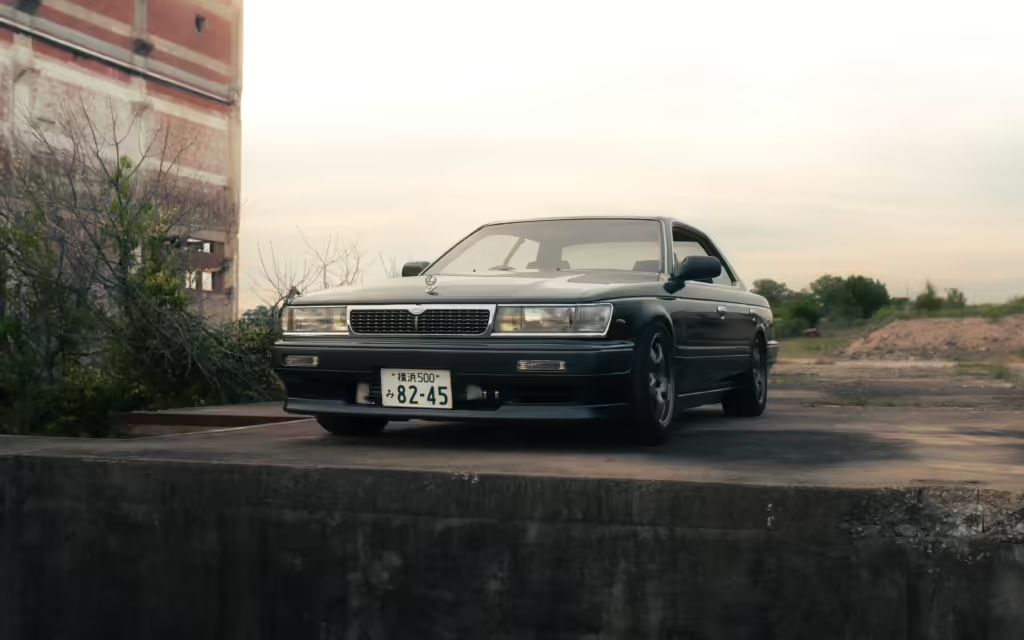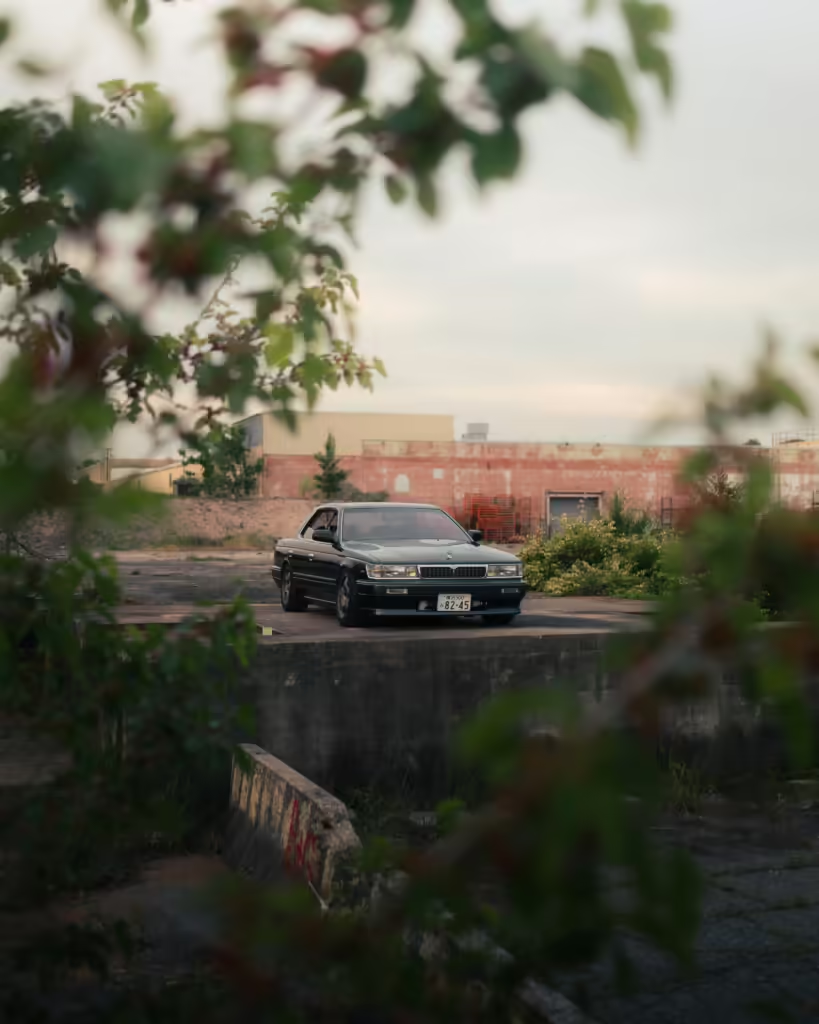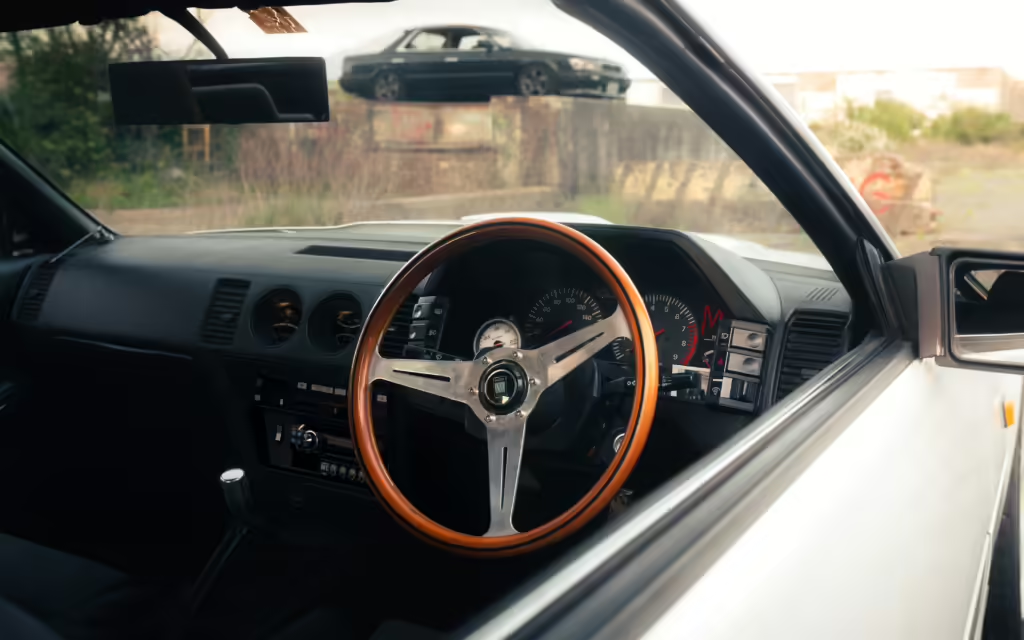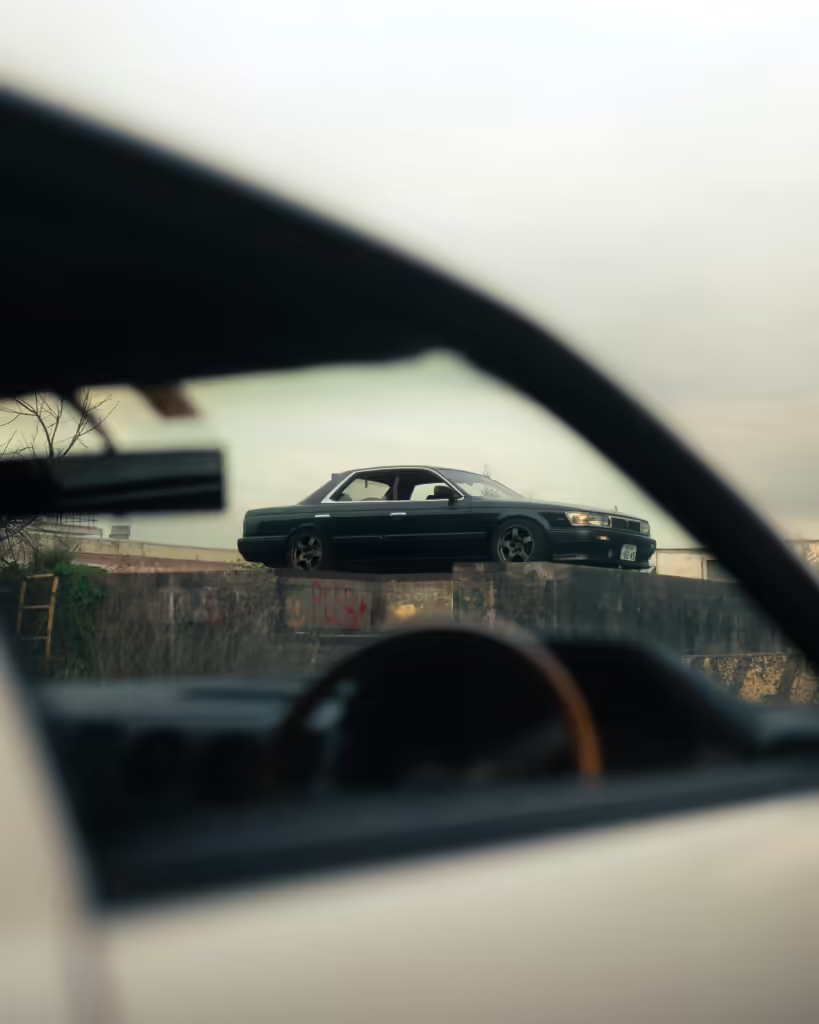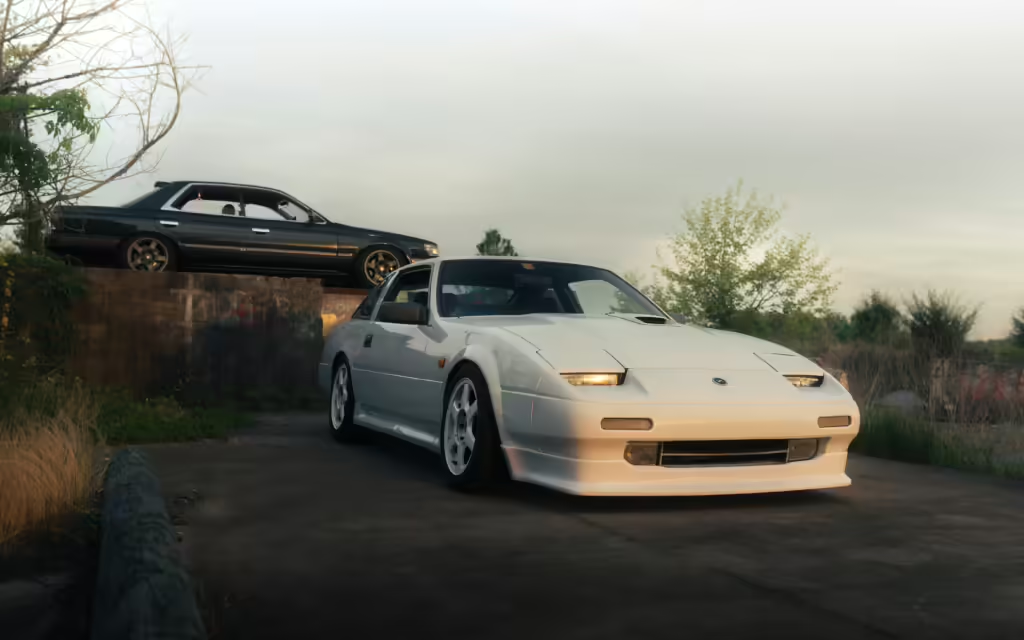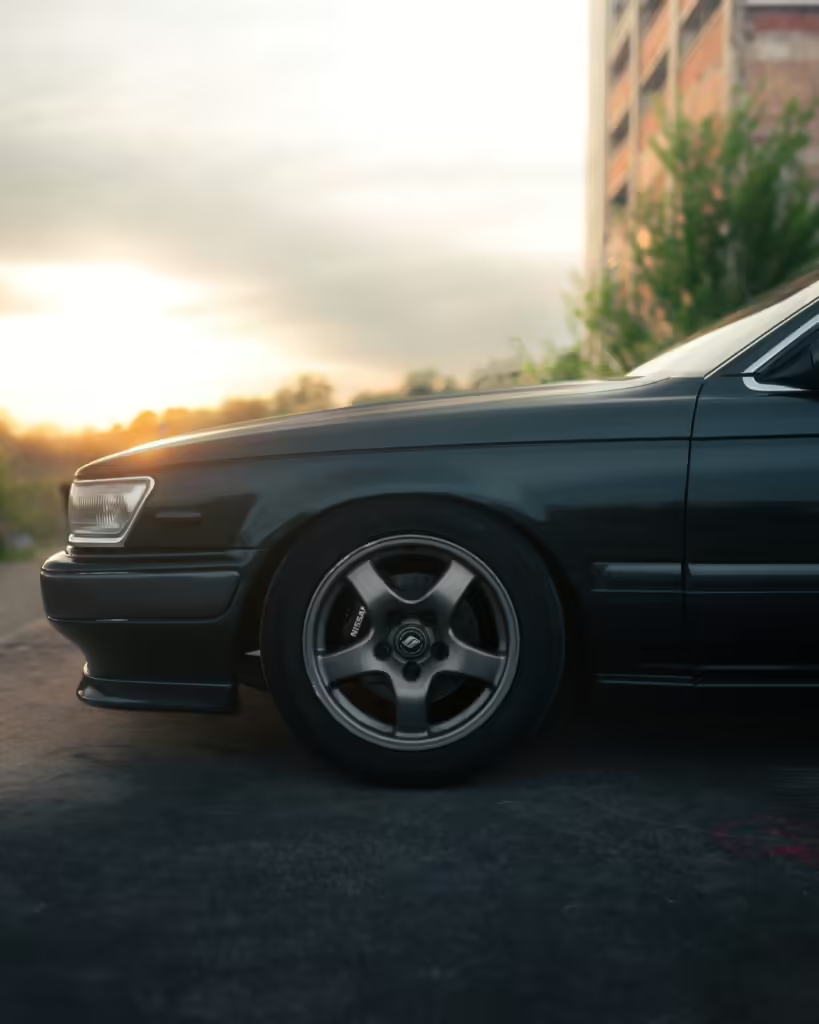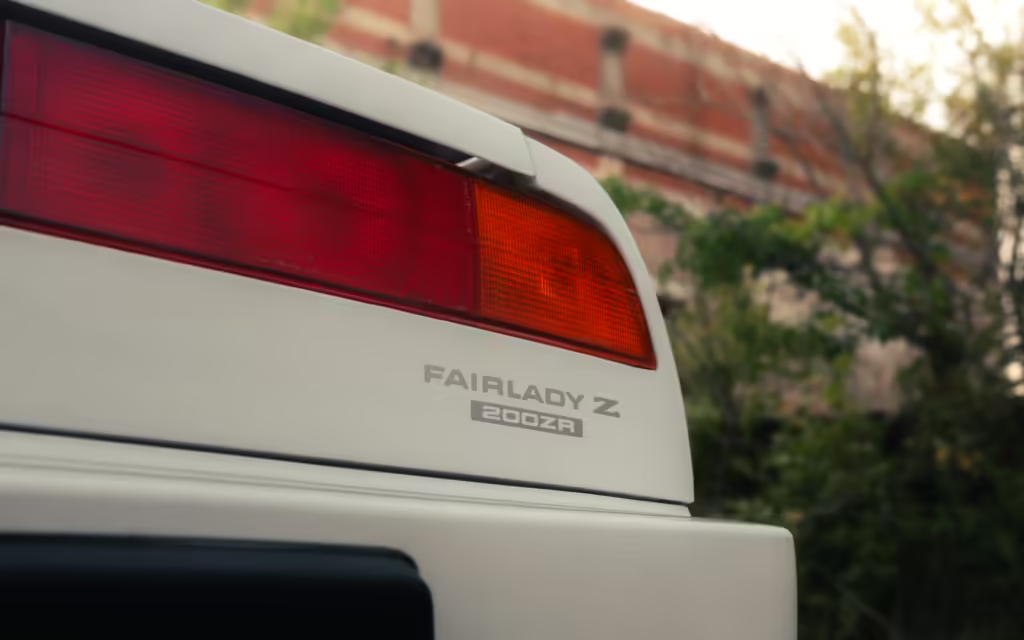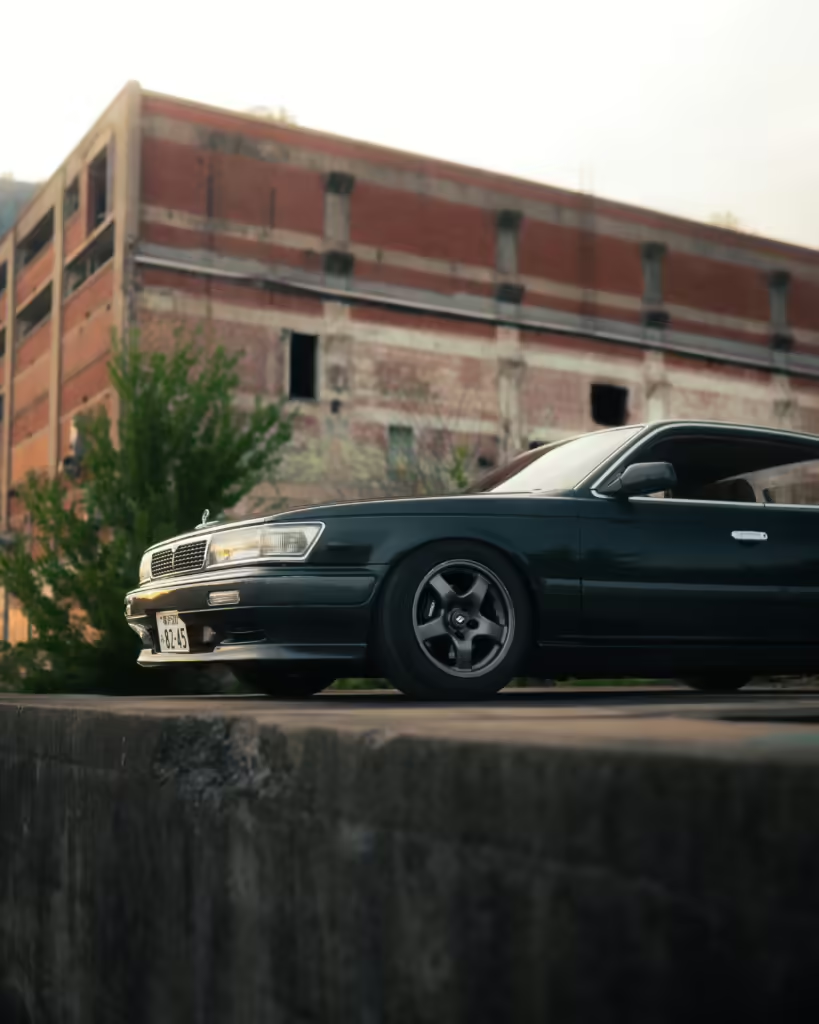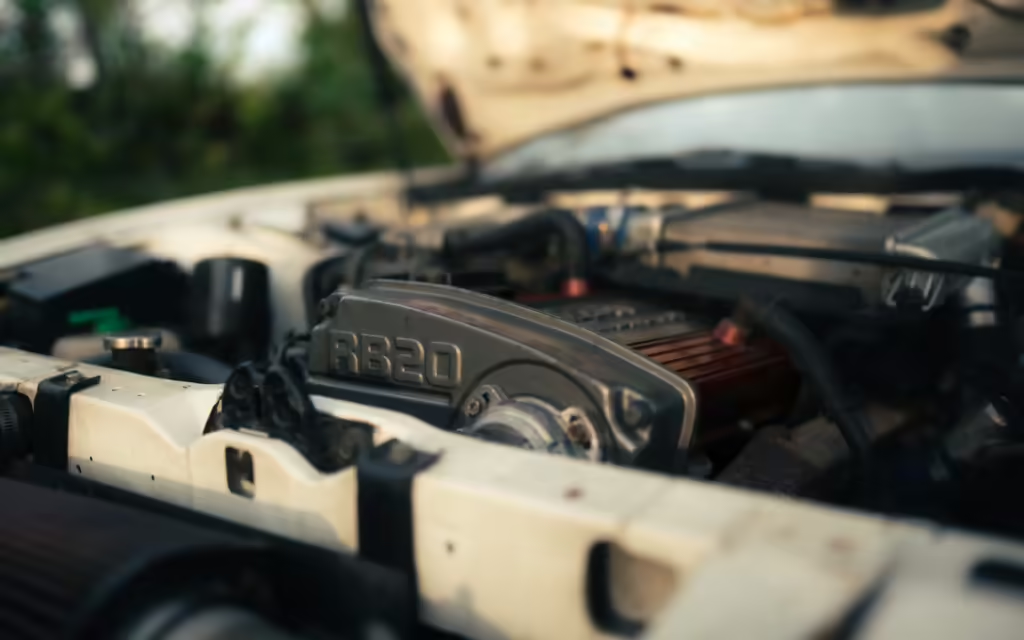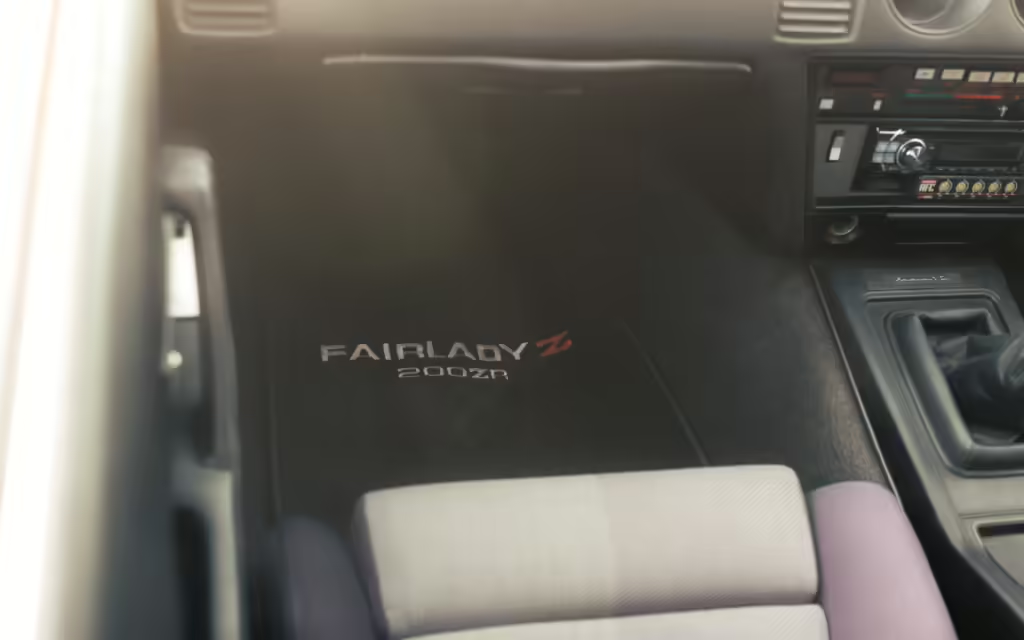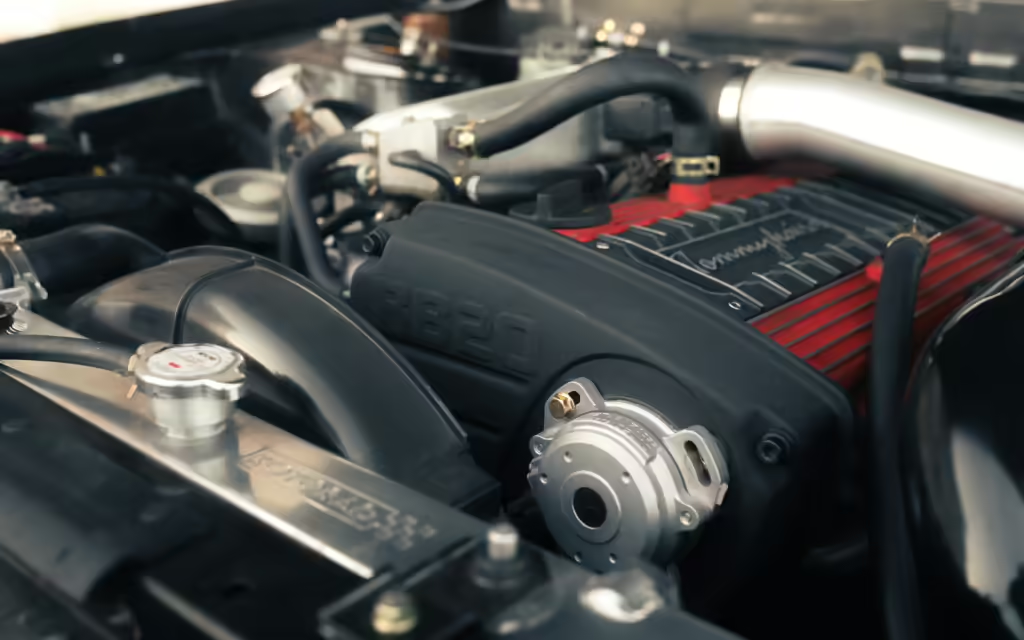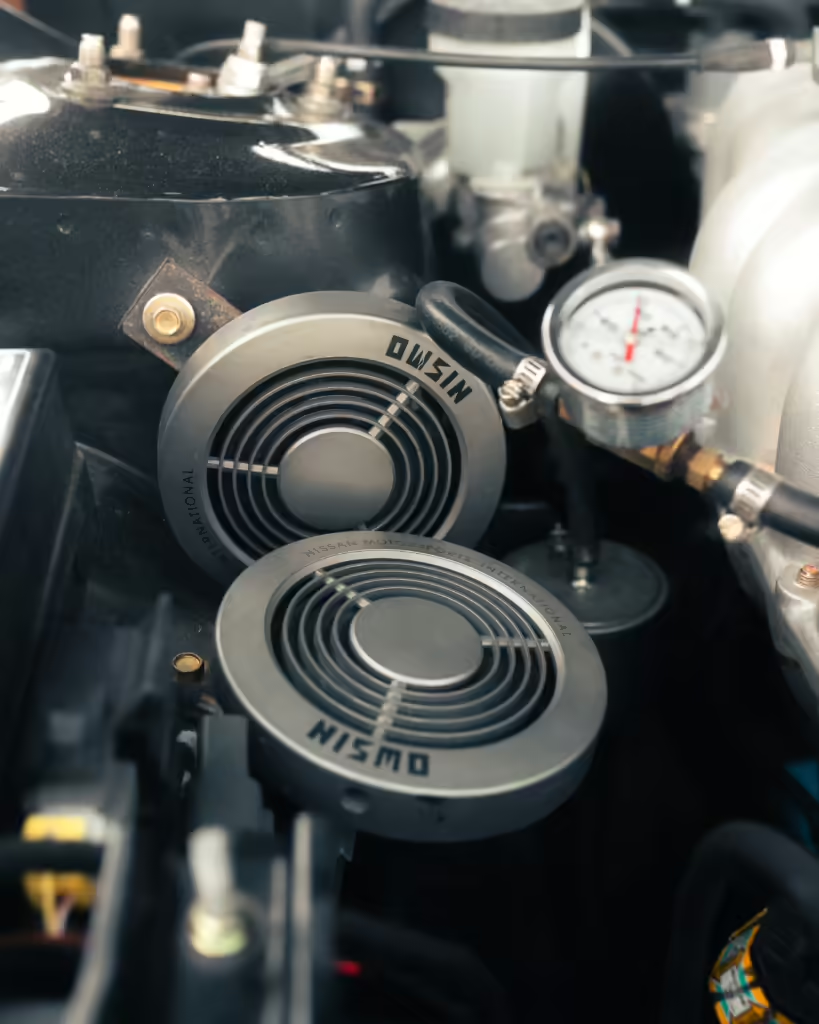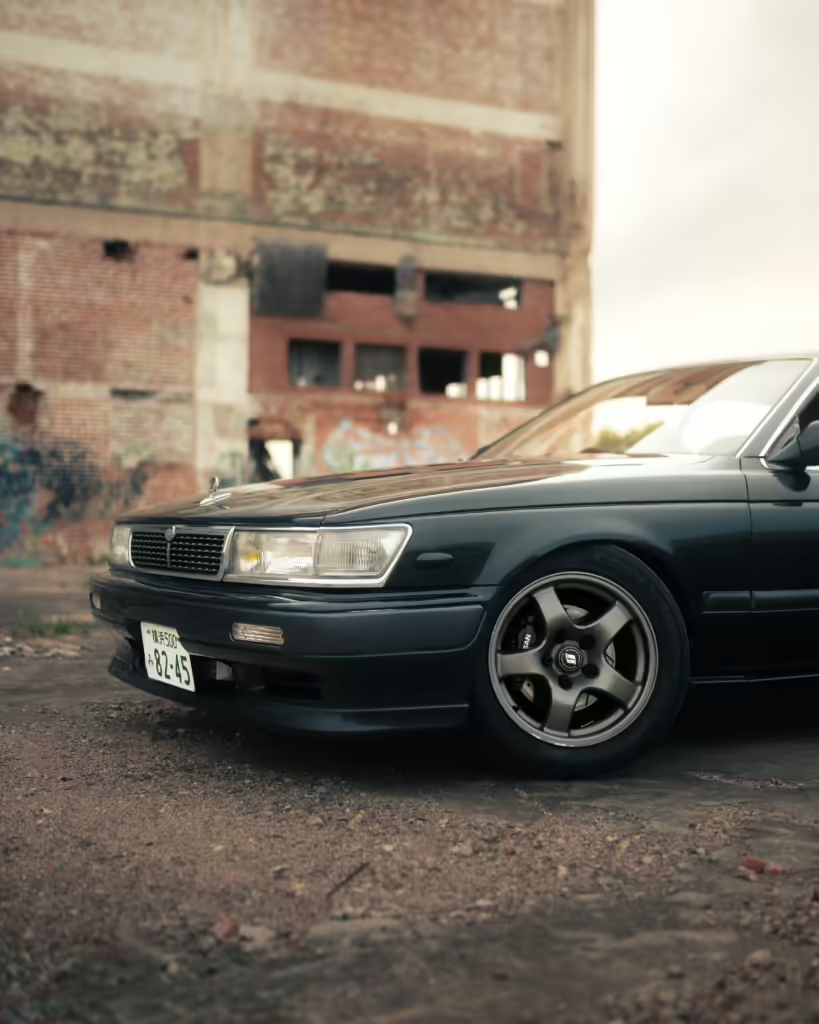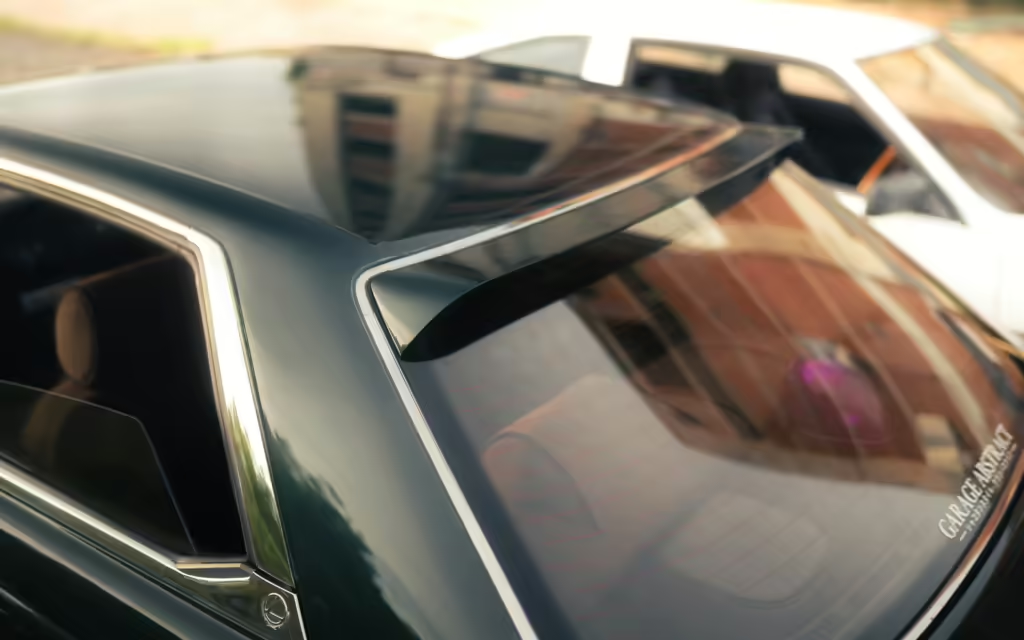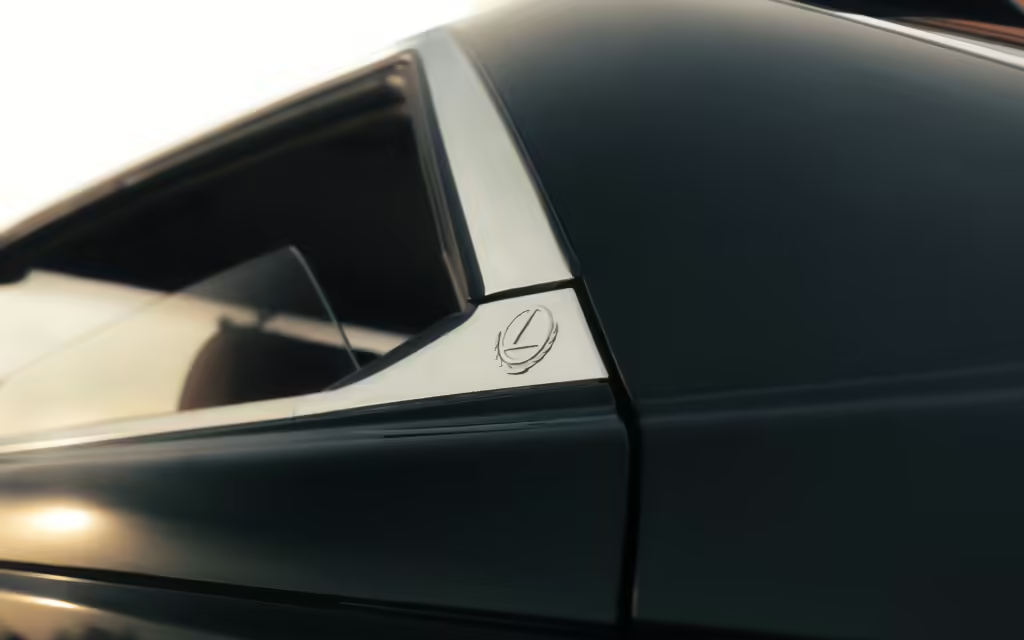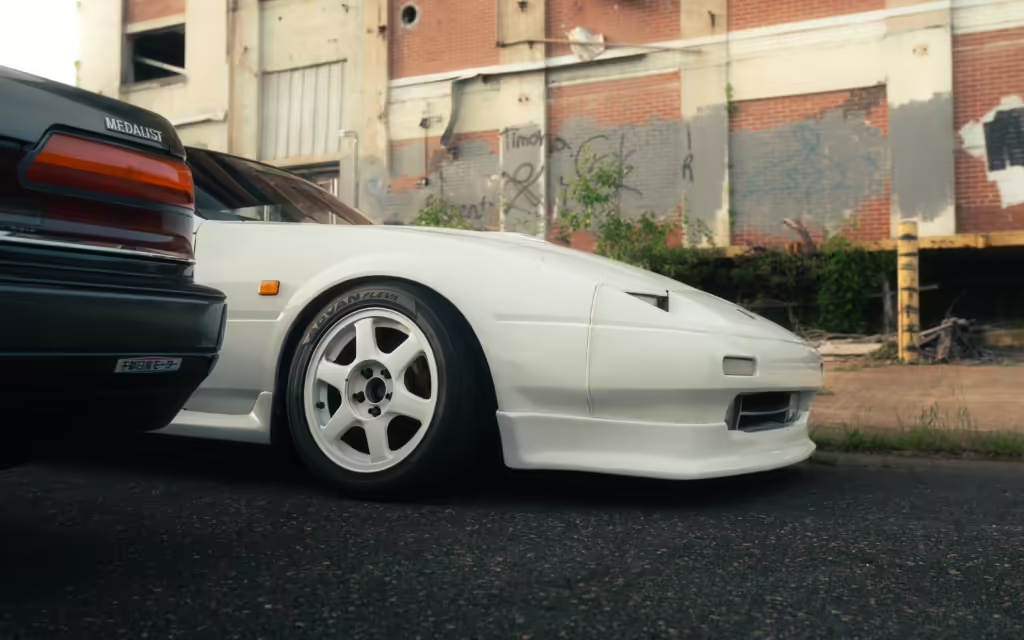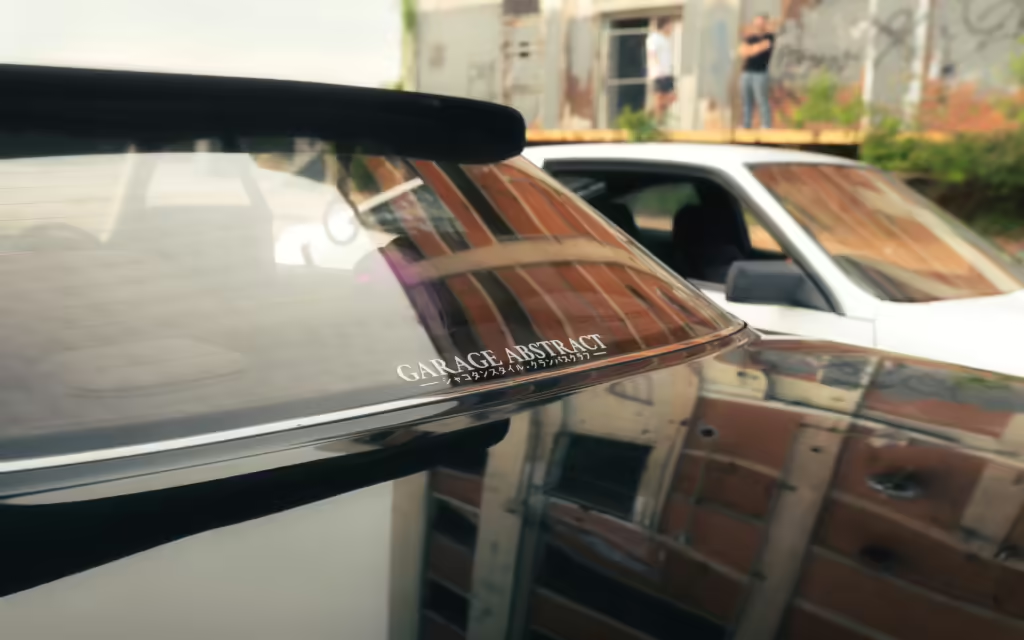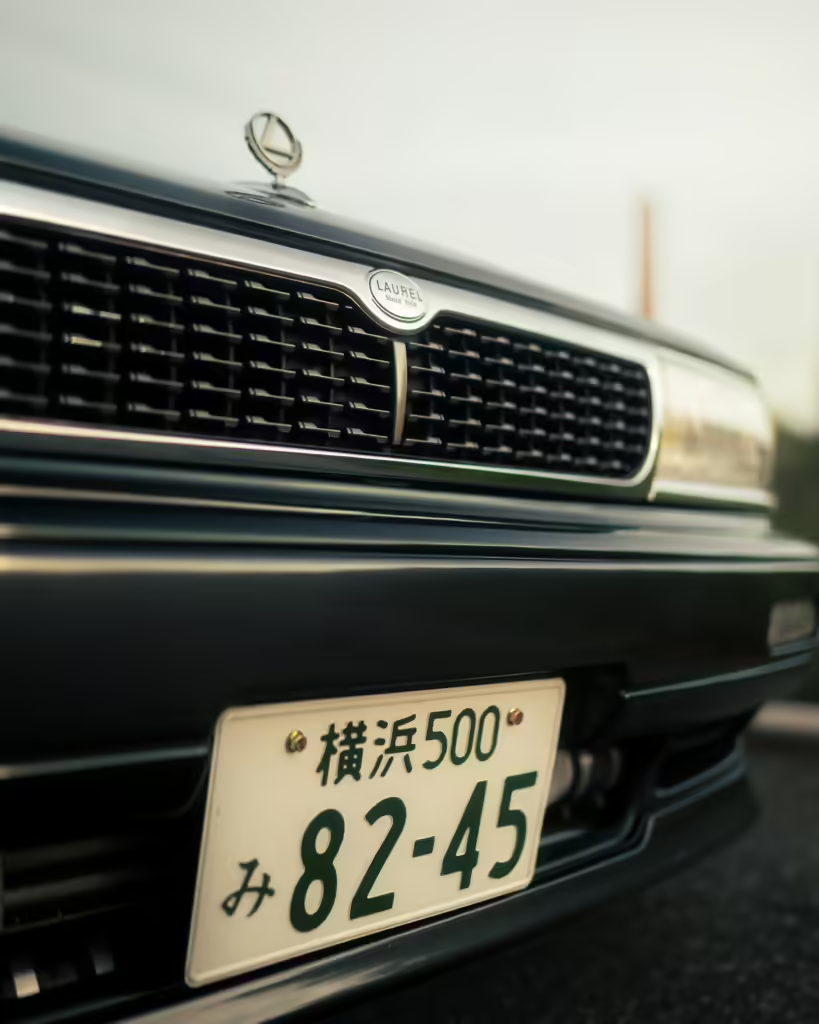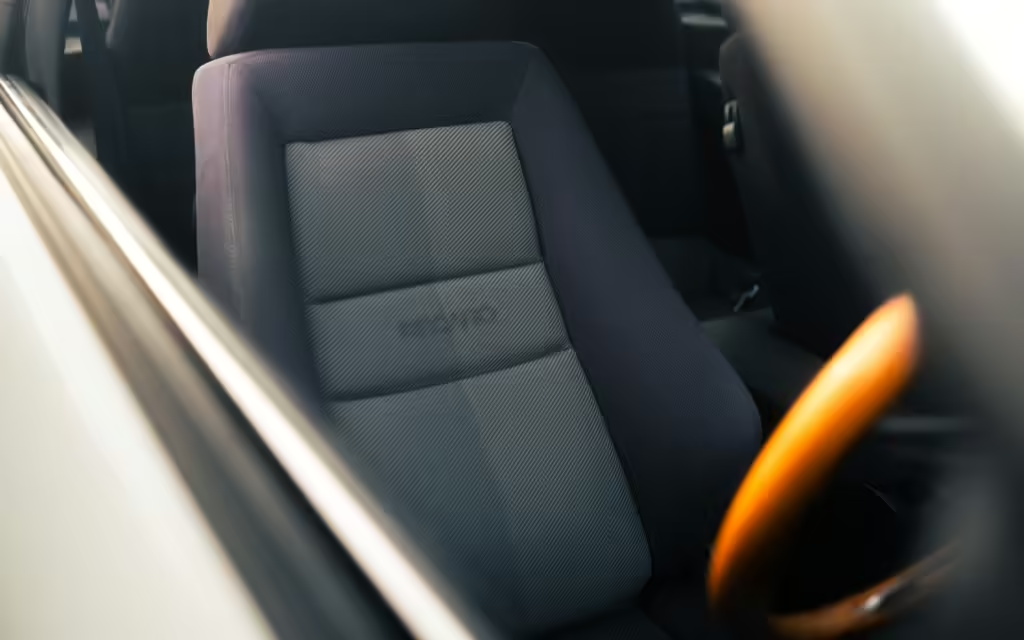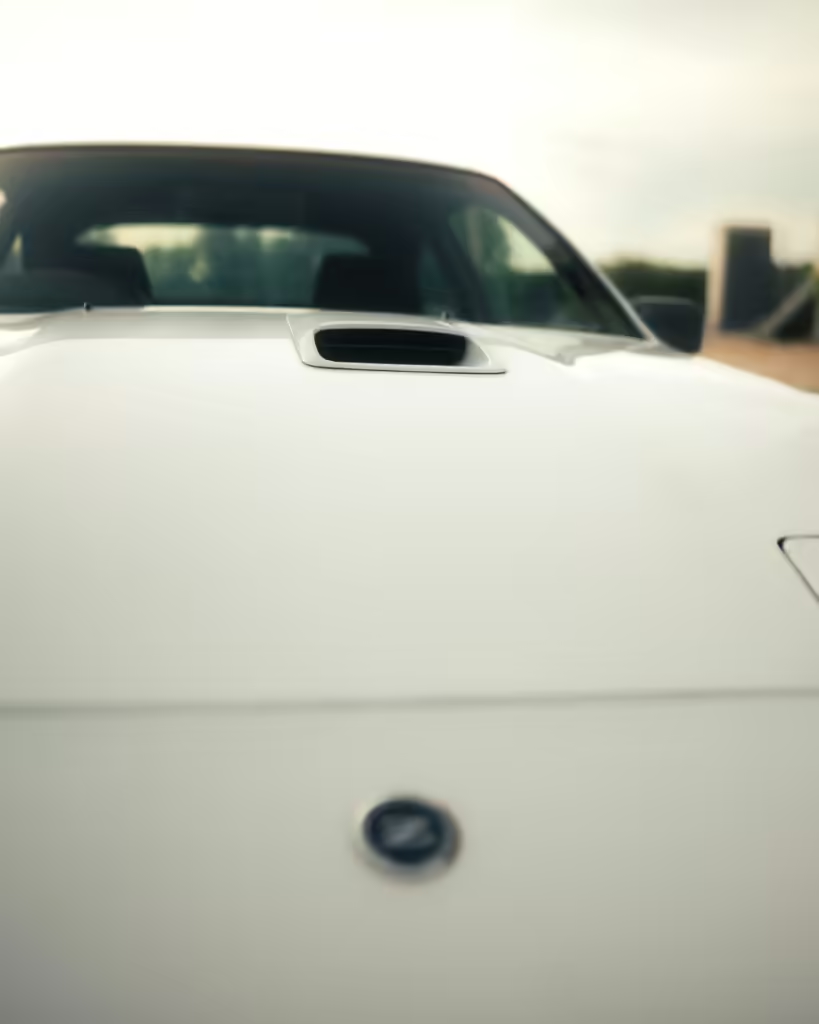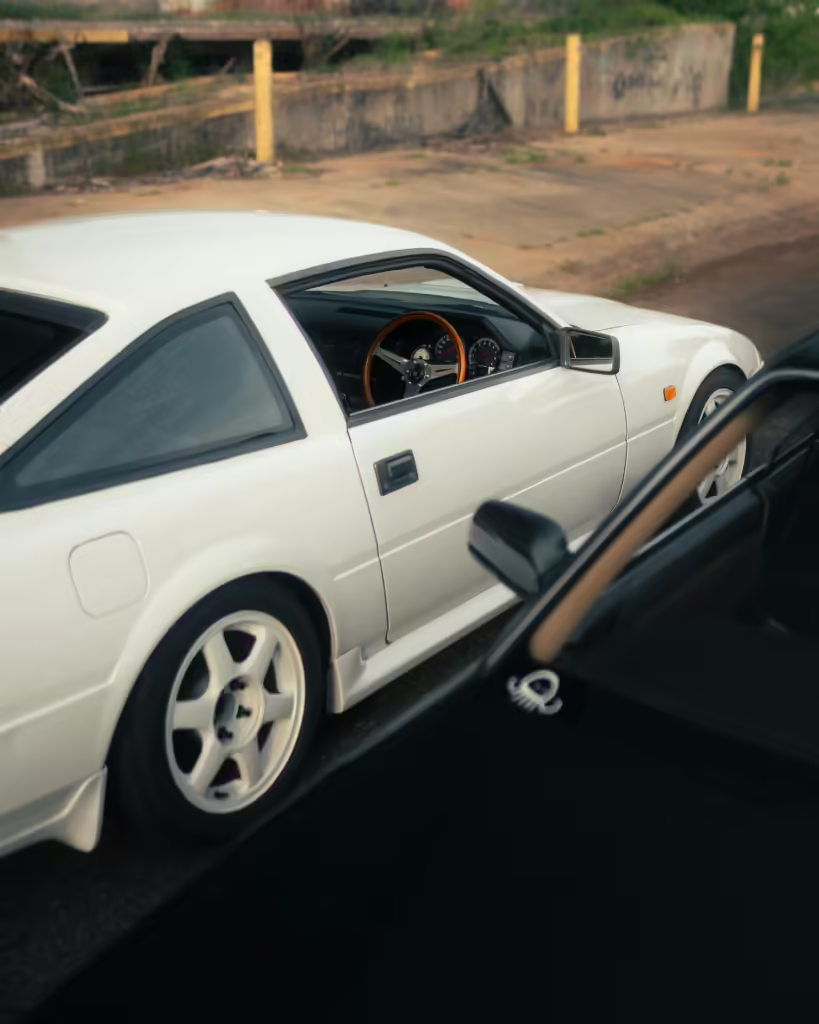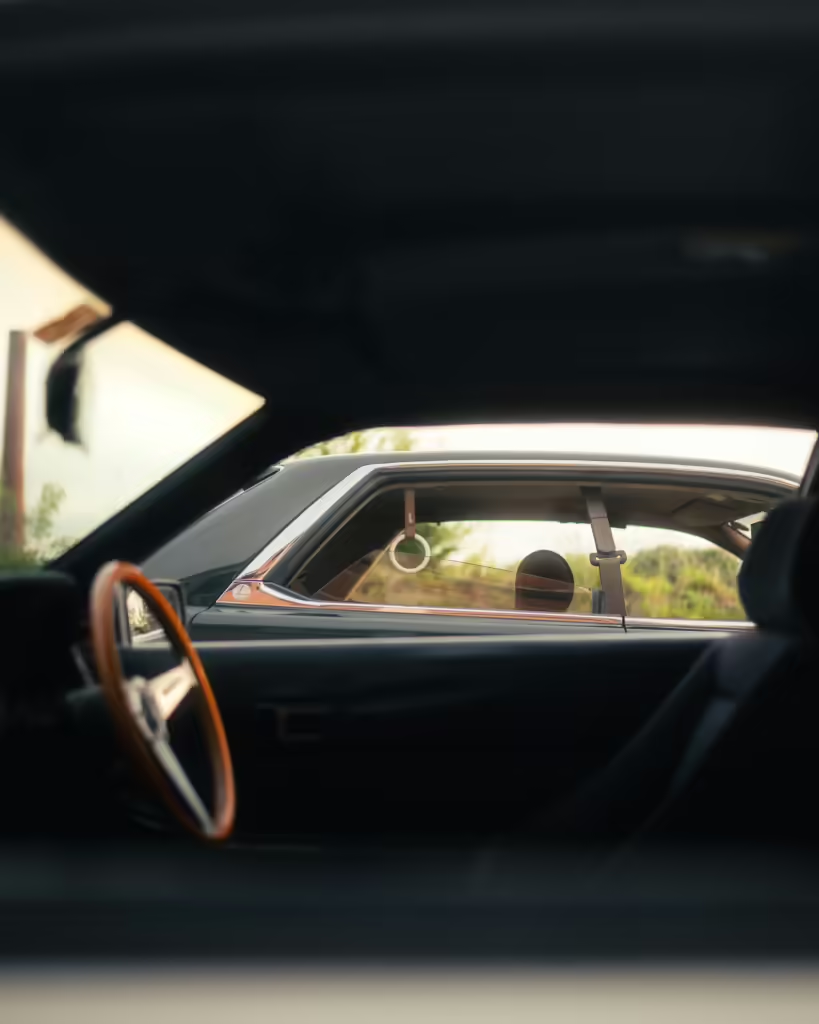What is a JDM?
For me and many in my generation, one of our biggest influences on car culture— especially in the US— is Japan. Media outlets like Toonami were a window to a whole new fast-paced, neon-dyed world that would shape the interests of many young car enthusiasts. Thanks to the birth of the internet and animes such as Initial D hitting the market in the late 90’s, kids everywhere became obsessed with low cars, meets at Daikoku, and touge driving on mountain passes.
There are so many facets to Japanese culture that continue to fascinate car enthusiasts, but the most lasting and enthralling has to be the art of drifting. While sliding and hooning around in a car has been a thing since internal combustion and locking differentials were invented, the Japanese made it cool. Part counter-culture, part shiny new thing, park luck of being at the epicenter of a technological boom, drifting came of age at the same time as many amazing vehicles that were perfect for this new art form. JDM or Japanese Domestic Market cars have always been alluring for those that grew up playing Gran Tourismo and reading Option Magazine because of their remarkable performance in such small packaging. While American brands were coming up with new ways to bore us to sleep, manufacturers in Japan were creating icons.
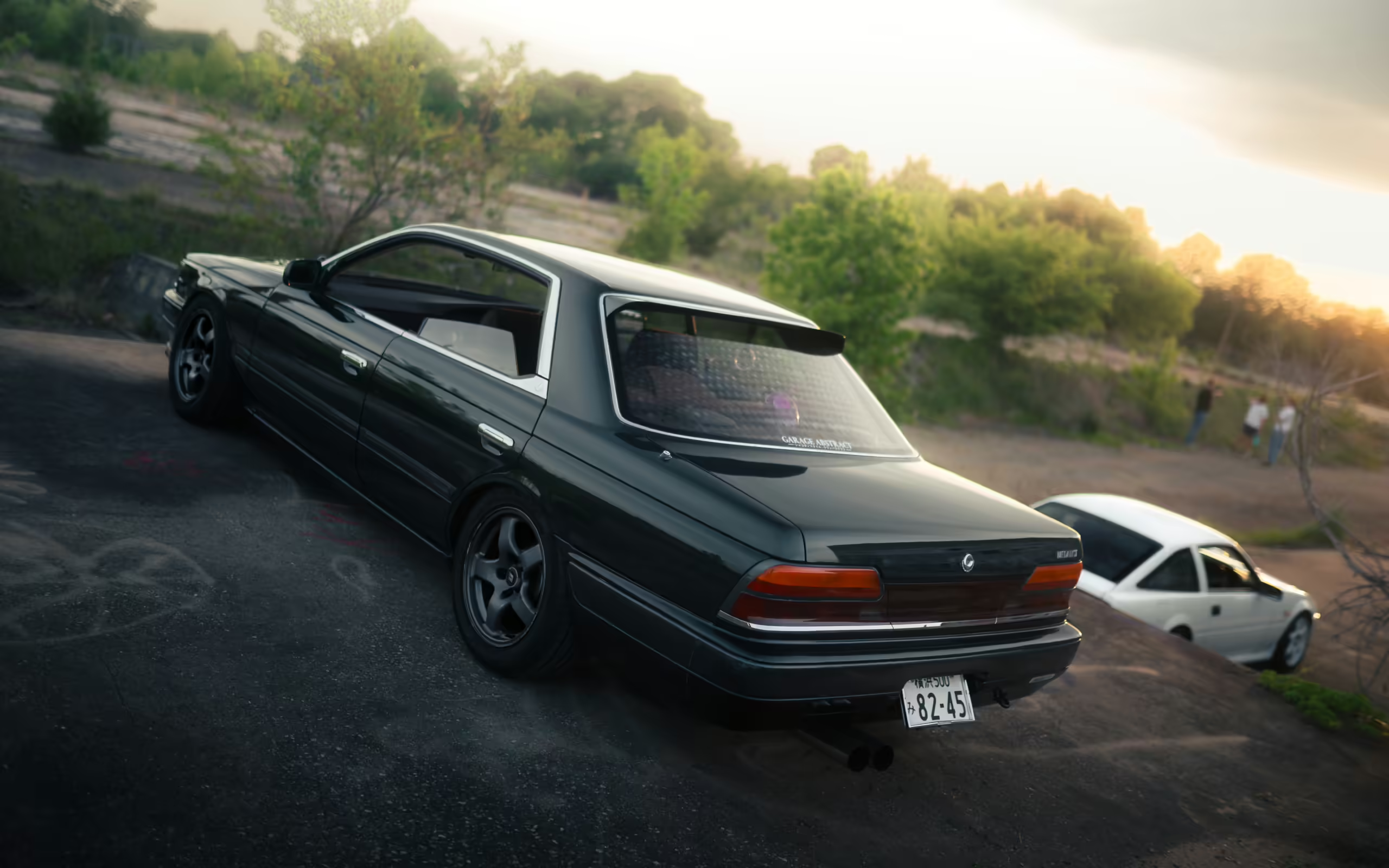

Gentleman’s Agreement
It would be impossible to talk about iconic 1980’s and 90’s era Japanese cars without mentioning the “gentlemen’s agreement.” Starting in the 80’s, JAMA, the Japan Automobile Manufacturers Association, members worried about a rise in road fatalities due to a looming horsepower war between the manufactures sport car’s divisions. They asked the manufacturers to self-limit the output of vehicles sold in Japan to 276HP, but there was no government regulation enforcing this agreement. Thus, anyone could break it.
Not so secretly, those same ‘gentlemen’ that were part of this agreement were developing cars that had to compete globally. Vehicles that were limited on the island nation were being exported to other countries with advertised horsepower ratings that far exceeded 276 horsepower. The biggest offenders of this are the vehicles that are most beloved to this day. The likes of the Toyota Supra, Honda NSX, Mazda RX7, and of course the Nissan Skyline GTR all made exactly the same power according to records at the time. By lying about their power outputs, the manufacturers could adhere to JAMA’s gentlemen’s agreement while creating some of the most exciting vehicles of all time.
Gentleman’s Agreement (cont.)
A particularly notorious offender in the Nissan Skyline GTR produced upwards of 50 more horsepower than the 276 limit, earning the nickname Godzilla. Nissan spent the money on research and development to create a winning combo: turbocharged inline six cylinder engines. As with all manufacturing processes, the knowledge obtained at the cutting edge trickles down to the rest of the fleet. They put their understanding of the RB drivetrain into as many different platforms as possible to cut costs and streamline the supply chain. This meant we ended up with some fantastic JDM nuggets that share DNA with Godzilla itself.
Johnny is the owner of both of these amazing examples of JDM goodness. In green is a Nissan Laurel C33, a stately sedan with clever underpinnings. In white is a Fairlady Z 200ZR, a vehicle many of us recognize state side, but with a major twist. Both of these cars borrowed their hearts from other Nissan engineering marvels and share parts with the legendary Skyline, while not experiencing its same price gouging and attention seeking. They are for the enthusiast that is in the know, and has an appreciation for thinking outside of the box.

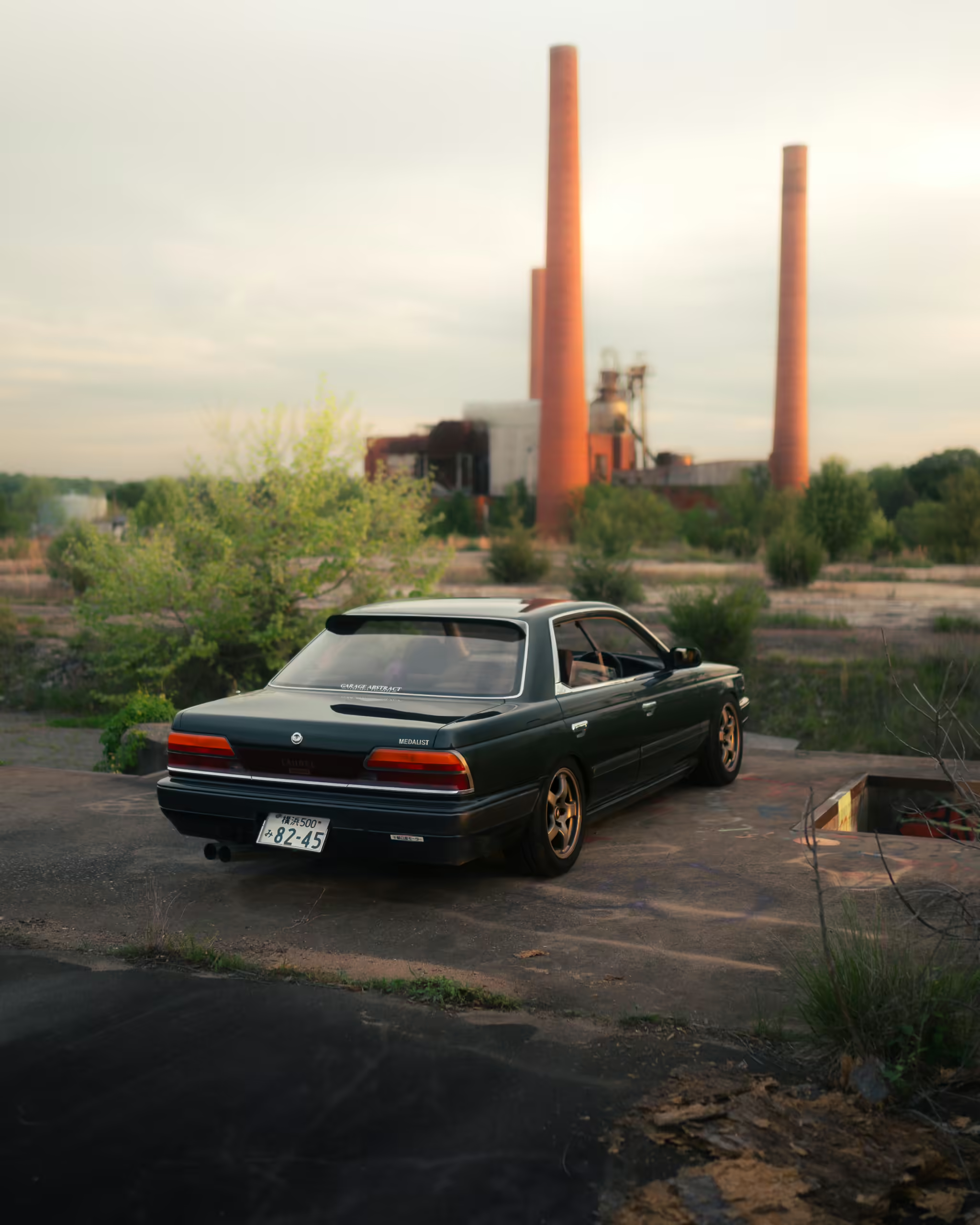
The Laurel
Starting out life in Chiba, Japan about 25 miles from Tokyo, the Nissan Laurel was sold as the upscale Skyline. While it features four doors and a big hood ornament in the shape of an “L” front and center, it is not to be confused with a Lexus. The C33 Laurel shares suspension components with Nissan’s S-Chassis cars, called the 240SX state side and, of course, shares its engine with the Skyline GTST, the GTR’s little brother.
The Laurel’s 6th generation, the C33, is a hardtop sedan meaning it features a pillar-less glass design that gives an open air feeling when in the vehicle while also providing a sleek look when viewing from the outside. The lack of a B-pillar and the artful way the back windows come down makes the C33 the ultimate street cruiser, harkening back to luxurious designs of American cars of the 60’s like the Chrysler New Yorker and the Cadillac DeVille
Coming equipped with a RB20DET, an engine derived from the GTR’s trophy winning inline 6. The ‘T’ at the end of the engine code denotes that it is turbocharged so when paired to a 5 speed manual transmission you get a very exciting yet refined driving experience that bridged the gap between Nissan’s sport car line and their more exclusive big body cars.
The Laurel (cont.)
Having a longer wheelbase than the Skyline while maintaining interchangeable parts made C33 Laurels popular with drifters in Japan. Johnny’s car was thankfully saved from being thrashed too much on Ebisu Circuit when it was imported to the United States in 2017. After becoming its second US owner, he set to work modifying it to his personal taste, a mix of period correctness and go fast bits. This includes the ultra rare Tommy Kaira coil pack cover, finned red top valve covers, GTR N1 oil pump, ARC front mount intercooler, an HKS Pod filter, Z32 brakes, R32 GTR wheels, and countless Nismo goodies.
With this in mind, Johnny’s Laurel is meant to be driven. Having suffered a blown engine early in his ownership, the RB20 was taken down to a short block and rebuilt to complement all of its best characteristics. Starting at the bottom with Spool forged connecting rods, Tomei head gasket, ARP head studs, Spitfire coilpacks, and Fidanza lightweight flywheel all make for a very rev happy six cylinder with a 7500 RPM limiter. Coupling this with an Autech turbo manifold and a Garrett GTX2860R Gen II make for a magnificent setup. All of this power is controlled by a Haltech Elite 2500 and modern sensors to keep everything safe.
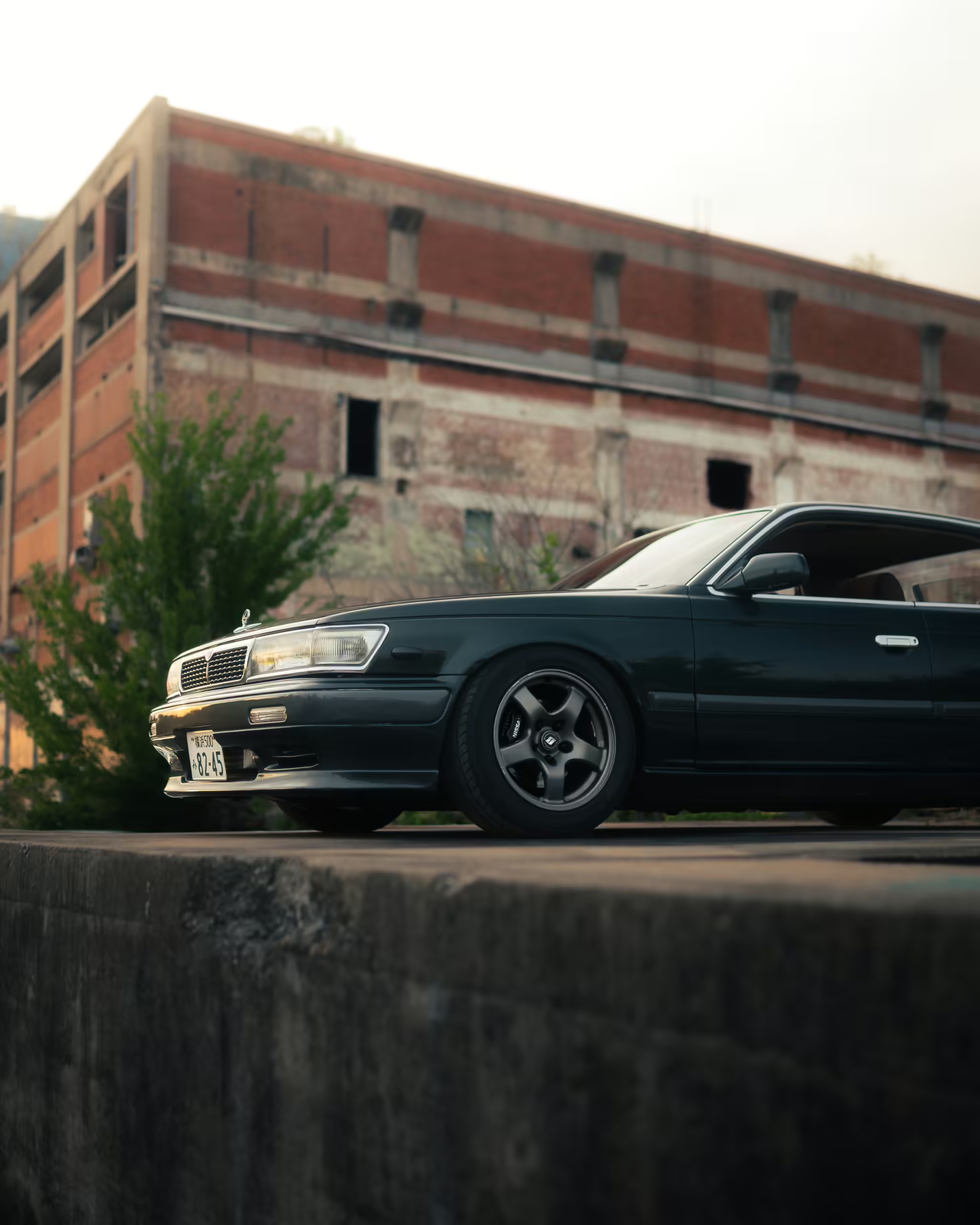

The 200ZR
Unlike the Laurel, we did get the Z31 body style Fairlady here in the States, being called its evolutionary Z chassis code, the 300ZX. While Toyota, Honda, and Mazda all brought their flagship sports cars to the United States, Nissan went a different route and opted to not sell the Skyline here. The chief reason for this decision was Nissan already had a hold on the US market due to the success of the S30’s (240Z, 260Z, and 280Z). They became very popular throughout the 70’s for being a good looking, lightweight, fuel effect, sports car that found its stride during the fuel crisis.
However, compared to other manufactures flagship vehicles such as the Supra, NSX, and RX7, the VG30 V6 powered cars never took hold of the market in the same way. Possibly due to lacking the allure of the Skyline or maybe their reputation for being unreliable, the Z31 300ZX’s just didn’t make it into the 80’s/90’s Japanese car hall of fame. Not even the newer variation, the Z32, with its twin turbo V6 could reclaim Nissan’s spot as a top tier sports car manufacturer here in the US.
This is tied to the fact that everything we saw of Japanese cars at the time was focused on the Skyline GTR’s complete domination over every motorsports event it entered. Winning the Japanese Touring Car Championship (JTCC) 4 years in a row and being given the nickname of the baddest cryptid to ever walk the silver screen. So what would happen when they decided to trickle down this monstrous engineering prowess and bring it to the underappreciated Z31 Fairlady Z?
The 200ZR (cont.)
This is exactly what Johnny gets to experience when driving his Fairlady 200ZR. This very unique parts bin of a model was only sold to the Japanese market as a cheaper alternative to the 300ZX. This is a total undersell of the fantastic collaboration that the Z31 desperately needed. The 200ZR is powered by the same RB20DET found in the Laurel, and fits into a lower tax and insurance category due to the 2 liter engine capacity and narrow fenders. It is also about 400 pounds lighter than the VG30 V6 cars and came standard with a limited slip differential.
To go along with the parts bin theme, the body of the 200ZR is a bit of an anomaly compared to all other Z31 models. As with most cars, about half way through the product cycle they receive a face lift. That facelift came in 1986 which added painted front and rear bumpers and widened fenders. Despite being a 1987 model, the 200ZR retains the pre face lift skinny fenders, but does have the updated bumpers giving it a petite appearance to match its light weight.
While the Fairlady hasn’t received the full parts catalog treatment under the hood just yet, it does have a Kakimoto turbo back exhaust and air intake. It is sitting on a set of Powertrix coilovers, Apex Engineering suspension arms and a set of AVS VS6 wheels that give the car a very aggressive stance. It’s also equipped with a functional hood scoop that is offset to the left and feeds directly into the top mount intercooler. To tie everything together, it features the optional Recaro interior and a wood grain Nardi steering wheel that gives its driver the ultimate retro experience.


In Conclusion
These cars are the expression of someone who cares too much to be influenced by what the norm is or what is hot on the market right now. Johnny marches to a different beat than the typical JDM fan and his vehicles represent a subset of cars that are completely underappreciated and so, so cool. Through this experience of photographing the pair and researching them for this article I have found a new appreciation of the rare and the weird. With shows like RADWOOD coming around and showing off the misunderstood cars of this era, I believe we will see a rise in the interest of strange models such as these and I am here for it.
Follow me for more – @nivkmedia
Website – https://nivkmedia.myportfolio.com/
Car Owner – @





